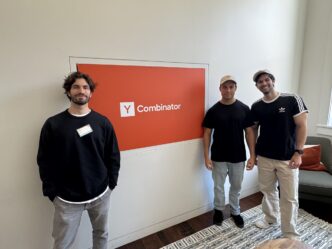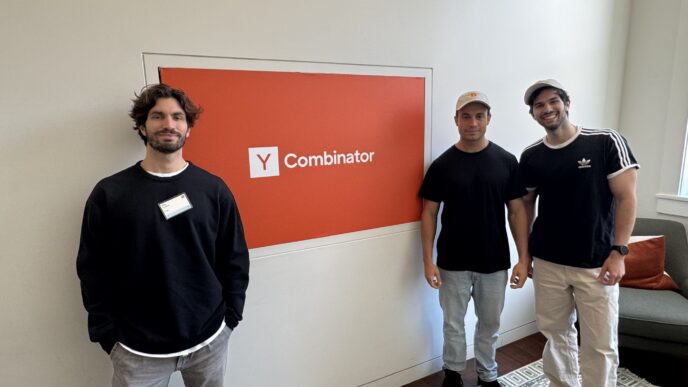Andreessen Horowitz (a16z) has released its first AI Spending Report, mapping out which AI companies startups are actually paying for. The report, developed in partnership with fintech firm Mercury, tracks transaction data to identify the top 50 AI-native application layer companies where startup dollars are flowing.
The findings reveal a market that is still highly fragmented. Startups are experimenting across a wide range of AI tools, and many products rise and fall quickly. According to a16z partners Olivia Moore and Seema Amble, startups continue to test copilots, note-taking apps, coding assistants, and consumer-turned-enterprise tools — suggesting that the market hasn’t consolidated into clear winners yet.
Amble explained that while copilots dominate spending today, a shift toward end-to-end agentic workflows is inevitable as the technology matures. She noted that once agents can handle complex tasks with minimal oversight, startups will likely reduce reliance on copilots and lean more heavily on AI “co-workers.”
At the top of the spending list are the major labs. OpenAI takes the number one spot, followed closely by Anthropic. Coding assistants are well represented too: Replit lands at number three, Cursor at six, and Emergent at 48. By contrast, Lovable, which sees heavy consumer traffic, sits at number 18 due to weaker enterprise adoption.
The data also highlights the unexpected rise of consumer apps in enterprise settings. Tools like CapCut and Midjourney are being pulled into workplace use because individuals bring their favorite consumer apps into teams and company workflows. Canva, founded by Melanie Perkins, is a prime example — it started as a consumer design tool but now ranks among the top enterprise apps.
The report notes that at least 60% of the most-used AI tools are horizontal applications, with the rest focused on verticals like recruiting, sales, and customer service. New startups are also transforming traditional service sectors into software-driven businesses. For example, Crosby Legal automates contract reviews that would normally require legal counsel.
One standout trend is the abundance of AI note-taking apps, including Otter.ai, Read AI, and HappyScribe. No single player dominates this category, leaving teams free to adopt whichever platform best fits their workflow. This variety suggests employees now have more influence over which AI tools they use, rather than adopting software dictated solely by leadership.
Moore pointed out that this consumer-enterprise blending changes how founders think about markets. Instead of targeting just individual users or businesses, today’s AI startups can sell into both segments at once, expanding their total addressable market. At the same time, companies are professionalizing faster, with go-to-market and sales teams being built earlier to accelerate enterprise revenue.
Despite the growth, Moore and Amble believe the AI tools market will remain volatile. With legacy players adding AI features and new entrants appearing almost weekly, the competitive landscape is shifting rapidly. As Amble put it, “legacy” in AI now means “what was 12 months ago.” If the list is pulled again in a year, many of today’s leading note-taking apps might already be replaced.













